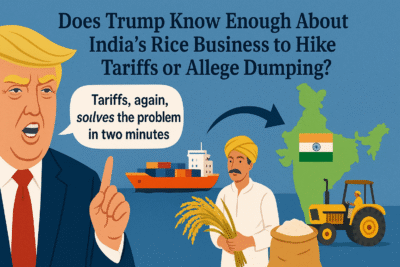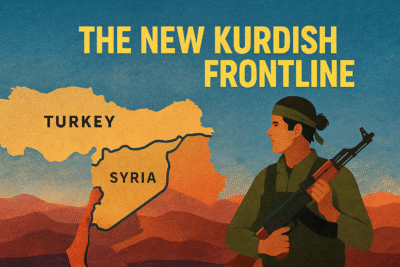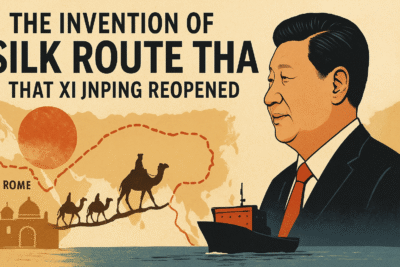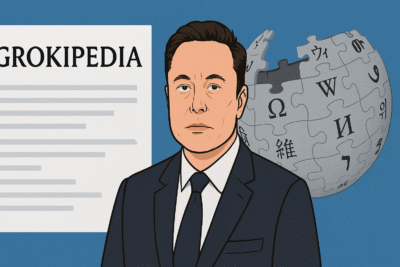
The rise of right-wing movements and parties across the globe is a complex phenomenon with multifaceted causes.
Here’s a more detailed breakdown, including examples from different regions:
Understanding the right-wing
Core ideologies:
- Traditionalism: Emphasis on preserving established social and cultural values, often seen as under threat by modernisation and globalisation.
- Nationalism: Strong emphasis on national identity, often accompanied by a focus on national sovereignty and a degree of cultural homogeneity.
- Authoritarianism: Belief in strong, centralized leadership and a hierarchical social order, often with limited individual freedoms.
- Economic conservatism: Generally favours free markets, limited government intervention in the economy, and lower taxes.
- Law and order: Prioritises security and often supports stricter law enforcement measures and harsher punishments.
- Variations: The specific stances of right-wing groups can vary significantly, ranging from moderate conservatism to extreme nationalism and even fascism.
Reasons for the rise of the right-wing
Economic inequality and insecurity:
- Globalisation and job displacement: Economic globalization has led to job losses in manufacturing and other sectors, particularly in developed countries, benefiting some while leaving others behind.
- Income inequality: The gap between the rich and the poor has widened in many countries, leading to feelings of resentment and economic anxiety among those left behind.
- Stagnant wages: For many working-class people, wages have stagnated or even declined, while the cost of living has risen.
Social and cultural changes:
- Immigration and multiculturalism: The influx of immigrants and the increasing diversity of societies have led to concerns about the erosion of traditional values and national identity.
- Social and cultural liberalism: Shifts in social attitudes towards issues like LGBTQ+ rights, gender equality, and abortion have alienated some conservative voters.
- Erosion of religious influence: The decline of traditional religious institutions and values has contributed to a sense of cultural and moral decline for some.
Political polarisation:
- Decline of traditional parties: The decline of traditional center-left and center-right parties has created a political vacuum that has been filled by populist and extremist movements.
- Rise of populism: Populist leaders often capitalize on public anger and resentment, promising to restore order and protect the interests of the “forgotten” people.
- Role of social media: Social media platforms can amplify extremist voices and spread misinformation, contributing to the polarization of political discourse.
Not an isolated trend
- Terrorism: The threat of religion-inspired terrorism has fueled fears and anxieties, leading some to support more restrictive immigration policies and increased security measures.
- Economic crises: Economic downturns and financial crises can create economic hardship and social unrest, making people more receptive to right-wing messages.
A cross-continent global phenomenon
Europe
- France: The rise of the National Rally (formerly the National Front), led by Marine Le Pen.
- Germany: The emergence of the Alternative for Germany (AfD), a right-wing populist party.
- Italy: The election of Giorgia Meloni, leader of the Brothers of Italy, a far-right party. She is now hailed the most popular leader in Europe
- Hungary: The increasingly authoritarian rule of Viktor Orbán and his Fidesz party.
United States
- The rise of Donald Trump and the “alt-right” movement, characterised by its nationalist, populist, and often racist ideology.
- The increasing influence of conservative media outlets and figures.
Africa
- The rise of ethno-nationalist and religious extremist groups in various countries, often fueled by political instability and economic inequality.
- The growing influence of religious fundamentalism in some parts of the continent.
Asia
- It may sound to some as ideological jolt but the governance of the Chinese Communist Party under Xi Jinping has all traits of a right-wing government. His government is exclusive. It has sharpened economic and social divide across Chinese society.
- Vladimir Putin of Russia is another example of the right-wing governance. It doesn’t matter what leaders say their philosophy is. An examination of their policies tells the true story.
- In India, the political right is represented by the Bharatiya Janata Party of Prime Minister Narendra Modi. Both are often associated with the rise of Hindu nationalism in India. It’s, however, ironical that the party which is dubbed as a right-wing force is running the world’s largest social security programmes in free food, free medical treatment and free insurance schemes in the world’s most populous country. An overwhelming number, over 81 crore people, is given free food every month. But as they say, nothing is actually in a society. The growing middle-class is paying for it. Another irony here is that the right-wing parties are usually said to be bringing benefits to the middle-class at the cost of the poor.
An important note
This piece attempts to present a picture of the growing right-wing tilt in the political world. But it is crucial to avoid generalisations and recognise the diversity of right-wing movements and ideologies. Not all right-wing groups are extreme or dangerous, and some may advocate for legitimate concerns about economic inequality, cultural change, and the erosion of traditional values. However, the rise of extremist and populist right-wing movements poses a significant challenge to democratic societies and requires careful consideration and nuanced responses — the same way as the left-wing has done in the past.



